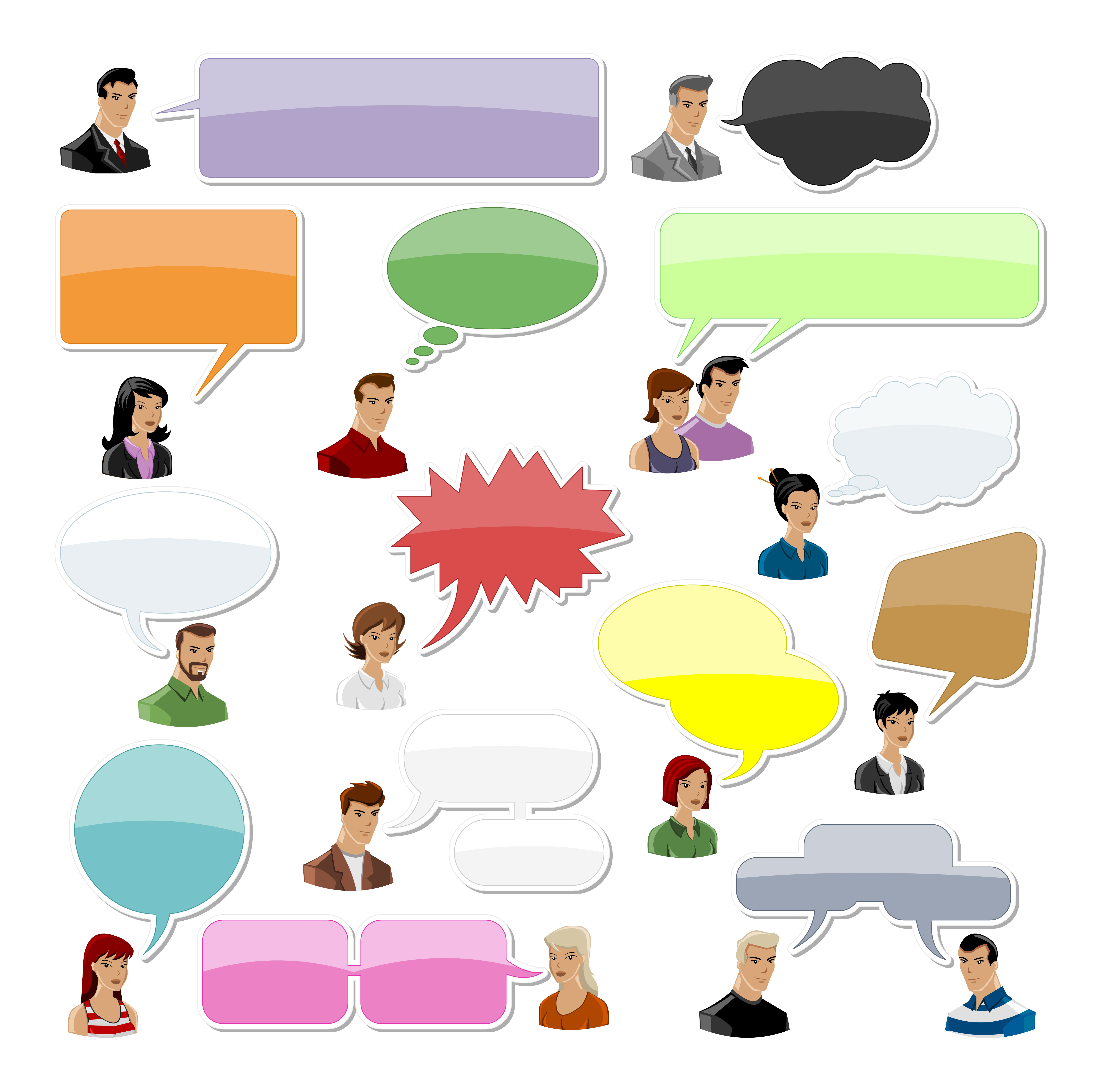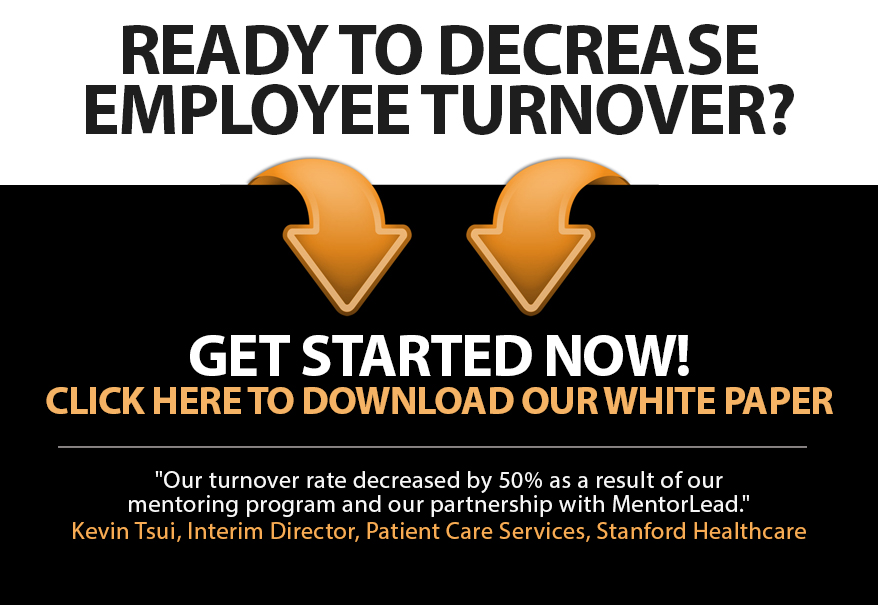Six Seconds Could Change Your Life
I hit someone in third grade. Not a punch. Just a slap on the back, angry about a game I wanted and my classmate wouldn’t share. Infuriated by her bratty “No!”, I reacted.
I was young, immature, and emotionally unintelligent. Fortunately, our teacher wasn’t. Today, my hands don’t strike, but my words can. Out of frustration, anger, or defensiveness, I can easily react instead of respond.
Emotional intelligence lies in the moments after an altercation – a skill that can fundamentally improve our leadership and our lives. So I’m learning to pause in those moments.
The 6-Second Rule Science has determined that emotions are actually electrochemical signals coursing through the brain and body delivering messages that focus our energy and attention, and motivate us to act.
But when we are upset, a burst of these chemicals floods our brain and body, hindering our ability to think clearly or intelligently, and indulging our emotionally unintelligent reactions.
Research shows that it takes…
- 6 seconds for those chemicals to get absorbed back into the body
- 6 seconds for us to become objective about the feelings we’re feeling
- 6 seconds for us to generate compassion instead
And according to researchers, if we feel an emotion longer than 6 seconds we are – in some ways – choosing to recreate and refuel those feelings.
So how do we create a 6-second habit?
- Talk about it
- Use a timer
- Post visual reminders (ex: post-it notes!)
- Notice others using it (or not)
- Pay attention to what triggers those emotions
- Keep a journal
- Create an intentional diversion (like singing the alphabet or whistling)
- Start counting
6 seconds to halt regrettable anger.
6 seconds to shift to empathy.
6 seconds to be a better boss, partner, friend, and human being.








